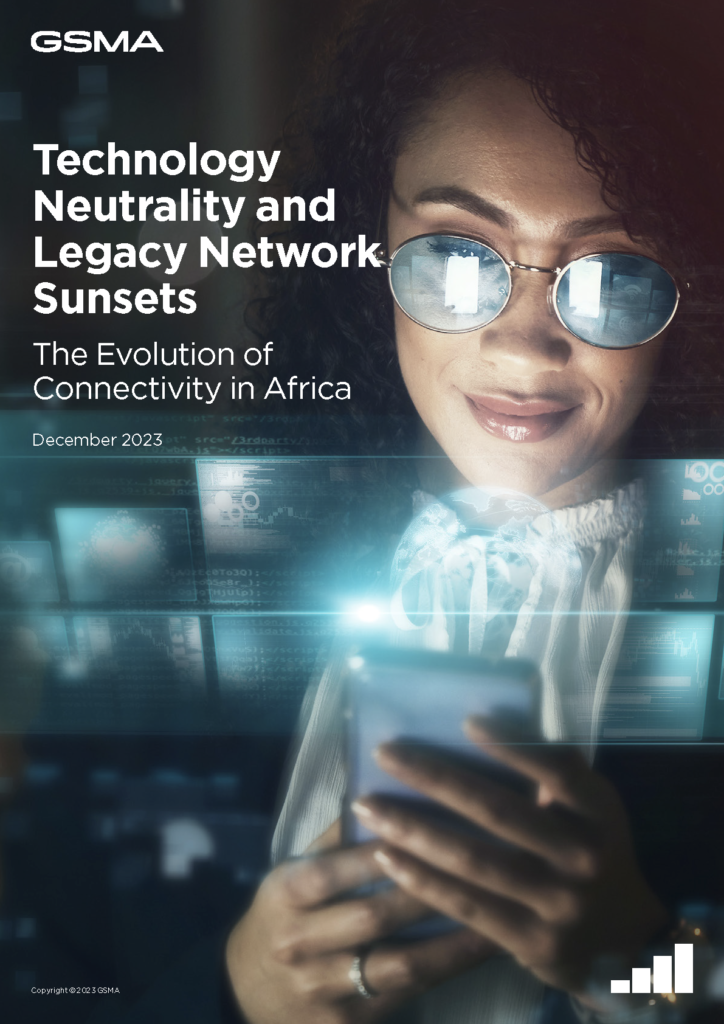Technology-neutral spectrum licensing (also referred to as technology neutrality) is crucial to allow mobile operators to refarm the spectrum used for legacy networks (2G and 3G) for 4G and 5G services at a pace driven by market demand.
The map includes countries with at least one spectrum band that is technology-neutral, permitting more than one spectrum technology.

This report, which is written by GSMA Intelligence, takes a closer look at the benefits of technology-neutral licenses. At its core, they allow spectrum to be used more efficiently. For users, it means better mobile broadband coverage, higher data speeds, and lower mobile data prices than would otherwise be the case.
The report offers a global status of technology-neutral licensing, as well. Outside of Africa, the majority have at least one technology-neutral spectrum band. However, there remains a lack of technology neutrality within the continent, notably in West Africa, and parts of Central and Southern Africa. By contrast, technology neutrality has been adopted more widely in Eastern Africa.
To get technology-neutral spectrum licenses right, there are a few things to remember. Importantly, technology neutrality should not incur fees as charges for changing licenses to be technology neutral risk delaying the benefits of new technology to end-users.
The report also puts the technology-neutral spectrum in a larger policy context, including how it is related to legacy network sunsets. The two are closely linked because without technology neutrality, the freed-up spectrum can’t be used efficiently, and potential socio-economic benefits are simply lost.
Download the report at: https://www.gsma.com/spectrum/resources/technology-neutral-spectrum-legacy-network-sunsets/



.jpg)


